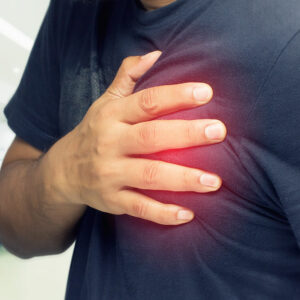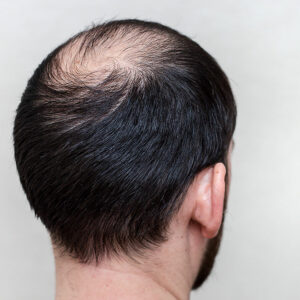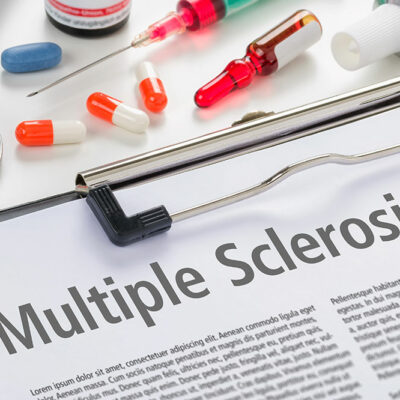5 human foods that are toxic for dogs

Dogs have a digestive system that is much different from that of humans. That is why what is delectable and nutritious for humans may not be suitable for canines. There are human foods that are deemed unsafe for dogs to consume, with some of them even being fatal. Therefore, pet owners must be cautious while feeding some foods to their canines. Here are some common human foods to avoid feeding your pet pooch:
Mushrooms
Mushrooms are a delicious and nutritious food, but they can be harmful to dogs due to the presence of certain fatal elements. Not all mushrooms contain these harmful elements, but identifying the “bad” mushrooms from the good ones can be tricky, even for experienced botanists. So, to ensure your dog’s safety, it’s best to avoid adding mushrooms to their daily meals.
Chocolate
It’s important to remember that chocolate can be harmful to dogs as it contains high doses of caffeine and theobromine. These elements are complex for dogs to digest and metabolize and can cause various issues such as diarrhea, dehydration, stomach pain, and vomiting. Dark chocolate is especially dangerous for dogs, and they should not be given any kind of chocolate as a treat. Repeated exposure to chocolate can lead to serious health complications such as internal bleeding, heart attacks, muscle tremors, and seizures, which can ultimately result in fatality. Therefore, it is crucial to keep chocolate and other harmful substances out of reach of dogs to ensure their safety and well-being.
Coffee
Caffeine is a debilitative element for a canine’s digestive system and overall health. Caffeine is present in tea, cocoa, guarana, and especially in large doses in coffee. Caffeine is a stimulant that helps one stay awake and feel invigorated during work or study. If a pet owner gives their dog a cup of coffee, the beverage will speed up the heart rate and stimulate the nervous system. Doing so can lead to a range of problems, including restlessness, anxiety, excessive thirst, vomiting, a loss of bladder control, and diarrhea in canines.
Too much caffeine consumption even leads to problems such as lung failure and abnormal heartbeat rhythms. Therefore, as much as one may be tempted to, giving dogs coffee is a bad idea and must be avoided.
Grapes and raisins
Grapes and raisins can be extremely dangerous for dogs and can cause kidney failure even with small amounts consumed. Symptoms may include lethargy, diarrhea, vomiting, increased urination, decreased appetite, and dehydration. If these symptoms are not treated promptly, they could become life-threatening for canines. It is essential to keep these foods away from dogs to prevent mishaps.
Salted foods
Salted foods such as popcorn, chips, and pretzels can cause water deprivation (a condition known as salt poisoning) in canines. Furthermore, salt can cause vomiting, diarrhea, fever, and a host of neurological issues like cerebral edema, depression, tremors, and seizures. If not treated promptly, these conditions can take a fatal turn for dogs as well. Therefore, dogs should not only be kept away from salt but also given plenty of water to drink regularly.










